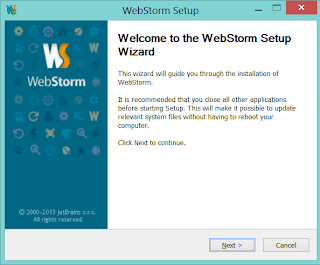This is another anti-pattern I've seen a lot recently, the dynamic use of the IoC container inside a view model to resolve child view models & services - service locator pattern:
The service locator pattern has been around for a while - Fowler was writing about this back in 2004!
It's not a pattern that is specific to MVVM, it's a pattern associated with using DI & IoC, if you're doing MVVM you should be using DI & IoC. A lot has also be written about this being an anti-pattern and I agree completely with Mark Seaman on the topic.
For me why this is an anti-pattern for MVVM is for the following reasons:
Encourages view models to become god-like objects - they become bloated - all the implementation in a single view model, it's no better than a testable code-behind file,
Makes unit testing brittle - when having to test such a view model you have either look through the whole class to see all the dependancies you need to mock or just try a 'hit & hope' approach and keep running and refeactoring the test until it passes. Either way you end up with a lot of test setup which is a smell in it's own right and importantly greatly discourages a developer to write tests,
And generally destroys the structure and ethos of the MVC (MVVM) pattern - if I can resolve anything anywhere eventually you'll end up with spaghetti code which has no discernable architecture and for me this is probably the most important point when dealing with a large XAML application.
What's also interesting about the above example is the fact it actually mixes normal DI with service locator, injecting both other interfaces as well as the IContainer interface - neither one nor the other. The example wasn't contrived to do this it was taken from a real world example - with names changed to protect the innocent.
There are times when I believe using the service locator pattern is justified, but these are few and far between. An obvious one is when the creation of a class is costly in time or memory (if this was ever the scenario for me with a view model it would be a code smell and need to be refactored out).
But if I had to use a service locator I would be either injecting a strongly typed factory or by injecting a Func<T> - all IoC containers support this feature. A couple of examples are shown below:
The service locator pattern has been around for a while - Fowler was writing about this back in 2004!
It's not a pattern that is specific to MVVM, it's a pattern associated with using DI & IoC, if you're doing MVVM you should be using DI & IoC. A lot has also be written about this being an anti-pattern and I agree completely with Mark Seaman on the topic.
For me why this is an anti-pattern for MVVM is for the following reasons:
Encourages view models to become god-like objects - they become bloated - all the implementation in a single view model, it's no better than a testable code-behind file,
Makes unit testing brittle - when having to test such a view model you have either look through the whole class to see all the dependancies you need to mock or just try a 'hit & hope' approach and keep running and refeactoring the test until it passes. Either way you end up with a lot of test setup which is a smell in it's own right and importantly greatly discourages a developer to write tests,
And generally destroys the structure and ethos of the MVC (MVVM) pattern - if I can resolve anything anywhere eventually you'll end up with spaghetti code which has no discernable architecture and for me this is probably the most important point when dealing with a large XAML application.
What's also interesting about the above example is the fact it actually mixes normal DI with service locator, injecting both other interfaces as well as the IContainer interface - neither one nor the other. The example wasn't contrived to do this it was taken from a real world example - with names changed to protect the innocent.
There are times when I believe using the service locator pattern is justified, but these are few and far between. An obvious one is when the creation of a class is costly in time or memory (if this was ever the scenario for me with a view model it would be a code smell and need to be refactored out).
But if I had to use a service locator I would be either injecting a strongly typed factory or by injecting a Func<T> - all IoC containers support this feature. A couple of examples are shown below:

















































